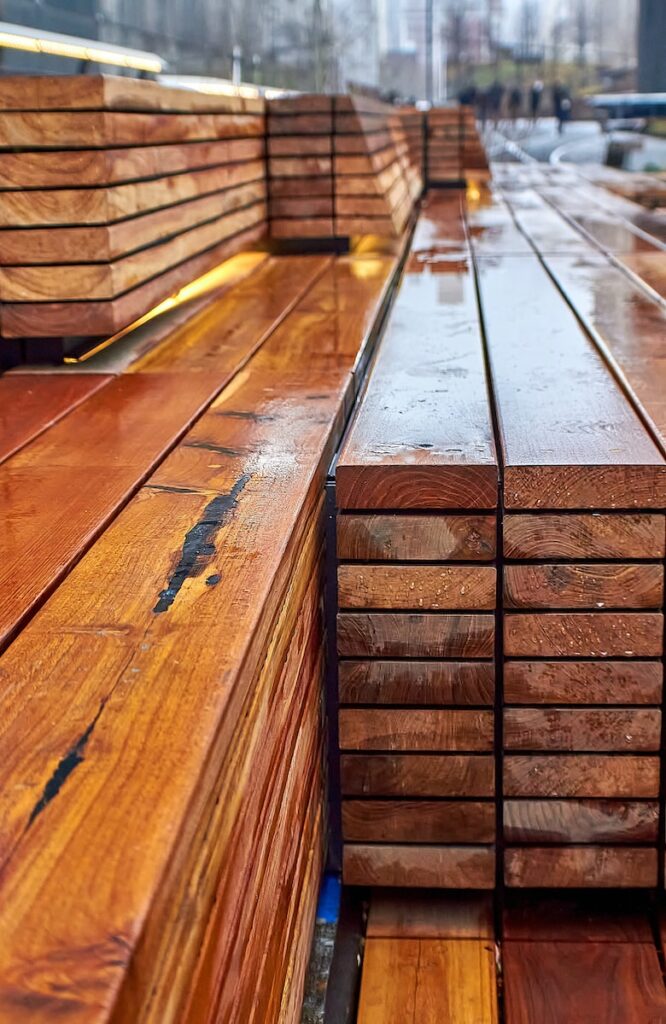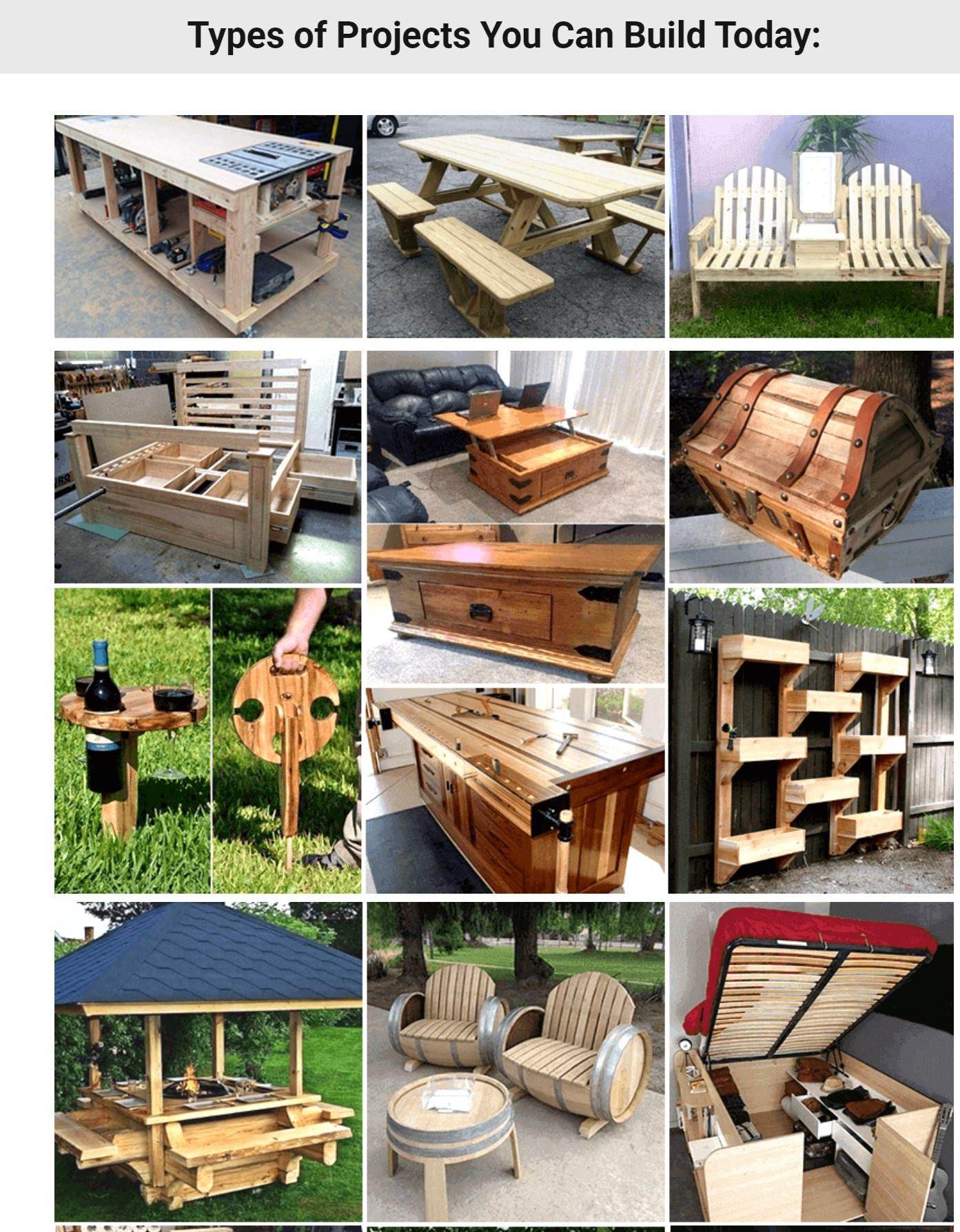Demystifies nominal vs actual lumber sizes, grading systems, milling conventions, and how to calculate board feet and plan stock needs.
Introduction
Wood is sold in dimensional lumber sizes that follow long-established milling conventions. However, the named sizes can be deceiving, as the actual dimensions are often substantially different from the nominal size. To effectively utilize lumber for projects, it is important to understand naming systems, grading rules, actual board sizes, volume measurements, and how to calculate required quantities. This article will provide a comprehensive guide to demystifying lumber dimensions and planning stock needs.
Nominal vs. Actual Dimensions
The stated dimensions for lumber are referred to as nominal sizes. These approximate dimensions are larger than the actual measurements of the boards after drying and planing during manufacturing. Nominal sizes originated to indicate the size of the log the board was rough sawn from before additional processing.
For instance, a 2×4 board actually measures 1-1/2” x 3-1/2” rather than 2” x 4”. A 2×10 is 1-1/2” x 9-1/4”. In some cases, actual thickness may be undersized by 1/4” from the nominal width. This reduction must be considered when planning stock needs.
Hardwood lumber intended for furniture and cabinetry undergoes additional planing and sanding. Actual dimensions are reduced further from nominal size by 3/4” in thickness and 1/2” in width. Hardwood dimensional lumber guidelines provide both nominal and actual sizes.
Softwood Lumber Grading
Lumber properties like strength, appearance, and treatment response are graded and stamped by agencies like the West Coast Lumber Inspection Bureau (WCLIB) and Western Wood Products Association (WWPA).
These grading systems evaluate characteristics like knots, slope of grain, wane, splits, density, etc. Lumber is stamped with its grade, species, moisture content, mill number, and grading organization.
Understanding grades helps match lumber to structural or appearance needs. High grades have better aesthetics but lower yields from logs. Lower grades allow efficient use of imperfect lumber in hidden structural applications.
Dimensional Lumber Types
Boards meant for framing are commonly SPF species – spruce, pine, fir. Dimensional lumber is used for joists, studs, rafters, sheathing, and other house components. Availability, strength, and affordability make construction lumber the choice for concealed structural applications.
Boards for exposed applications like decks, fences, and landscaping utilize higher quality, more durable species like cedar, redwood, or pressure treated southern pine. Dimensional boards also serve in furniture, boxes, shelving, and hobby projects.
Hardwood lumber comes in species like oak, maple, walnut, cherry, etc. It is milled primarily for furniture, flooring, cabinets, trim, and finish work. Hardwood dimensional lumber follows a separate sizing convention from construction softwoods. Understanding intended use guides appropriate lumber selection.
Board Foot Measure
Lumber is bought and sold by the board foot (BF), so calculating BF is key to planning purchases. BF is based on nominal dimensions, not actual thickness and width. BF = (thickness in inches x width in inches x length in feet)/12.
For example, an 8′ 2×4 actually measures 1-1/2″ x 3-1/2″. Using the nominal thickness of 2″, width of 4″, and length of 8′, the BF is (2 x 4 x 8)/12 = 5-1/3 board feet.
For hardwoods, use the actual dimensions post planing and sanding to calculate BF. The market price per BF determines the cost for different lumber types, grades, and species. Estimating total BF helps budget projects appropriately.
Estimating Required Stock
Carefully planning required materials for a project minimizes wasteful overbuying and avoids mid-project shortages. Stock type, dimensions, and lengths depend on the project design and scale. Review material lists, framing requirements, and layout plans.
Account for unusable lengths by avoiding pieces shorter than 24″. Calculate the number of full-length pieces needed vs. cross-cutting shorts from longer stock. Remember actual and hardwood lumber thickness is less than nominal width.
Avoid flawed areas of boards and allow for kerf (blade thickness) loss from cuts. Useful tips like balancing lengths, mixing grades, and utilizing defects can optimize yield from purchased stock. Building in a 10-15% overage provides a buffer for incidental waste and errors.
Milling Custom Stock from Lumber
Rough sawn lumber, timbers, and logs can be custom milled to desired thicknesses and widths. Portable sawmills are rented by the hour to convert logs at the worksite. Stationary milling services are also available to produce boards from provided stock.
Milling allows use of onsite trees, ruined structures, or unique salvaged materials. It also enables adjusting dimensions to design needs. Extra width and thickness provide flexibility for future resawing, edging, and planing to finished dimensions. Air drying precedes final smoothing and sanding.
Understanding Lumber for Projects
Whether using dimensional boards from the lumberyard or custom milled stock, carefully consider grain orientation, potential defects, intended joinery, and finishing requirements when selecting stock for projects. Structural integrity, wood movement, and aesthetics depend on factoring lumber attributes into project plans at the start.
Utilize quartersawn orientation for straight grain and stability in tabletops, doors, and visible components. Incorporate natural character like knots, checks, and figuring to enhance rustic or handcrafted projects. Contrasting heartwood and sapwood colors add interest when arranged pleasingly.
Conclusion
From fencing to furniture, the dimensional lumber products available offer a range of sizes, grades, and species to suit nearly any need. Taking the time to decipher naming conventions, actual board dimensions, volume measurements, and milling options allows for smarter planning, material selection, and stock purchases. Confidently choosing and estimating lumber makes projects more efficient, economical, and successful.
Lumber Dimensions FAQ
Q: What is the difference between nominal and actual lumber dimensions?
A: Nominal sizes overstate actual dimensions. A 2×4 is actually 1-1/2” x 3-1/2” since it is milled after drying. Nominal sizes indicate log size before milling.
Q: Why are hardwood boards dimensioned smaller than softwoods?
A: Hardwoods are planed and sanded an additional 3/4” in thickness and 1/2″ in width after initial milling. Softwood dimensions are closer to nominal size.
Q: What lumber grading systems are used for structural boards?
A: Grading agencies like WCLIB and WWPA grade and stamp softwood dimensional lumber for structural applications based on knot size, grain, density and other attributes.
Q: How can you calculate board feet to estimate lumber needs?
A: Use the formula BF = (nominal thickness x nominal width x length in feet) / 12. For hardwoods, use actual dimensions. BF determines lumber cost.
Q: What tips help estimate material quantity needs for a project?
A: Review project plans and material lists. Allow for imperfect or unusable board sections. Factor end cuts and saw blade kerf. Build in 10-15% overage for errors and waste.
Q: What are the benefits of custom milling lumber vs. buying dimensional stock?
A: Custom milling allows use of logs, salvage, or oversized timbers. It provides flexibility to cut non-standard dimensions needed for projects.
Q: What lumber selection factors are important for DIY projects?
A: Consider grain orientation, defects, joinery techniques, and finishing. Choose boards that work with the project design, structure and aesthetics.
Q: Where can you learn more about lumber grades, species, and milling options?
A: Good references include lumberyards, milling services, woodworker guides, and resources like the Forest Products Laboratory.
Q: What are some ways novices can avoid mistakes when buying lumber?
A: Have store staff advise on choosing the right stock type, dimensions and quantity needed. Review project plans and listen to experienced woodworkers. Additionally, novices can start by understanding the woodworking basics and how to get into woodworking.




